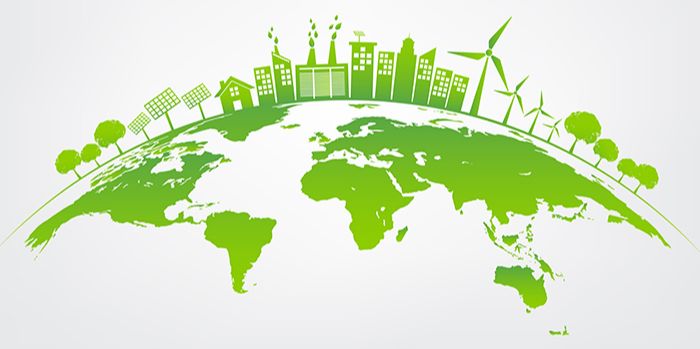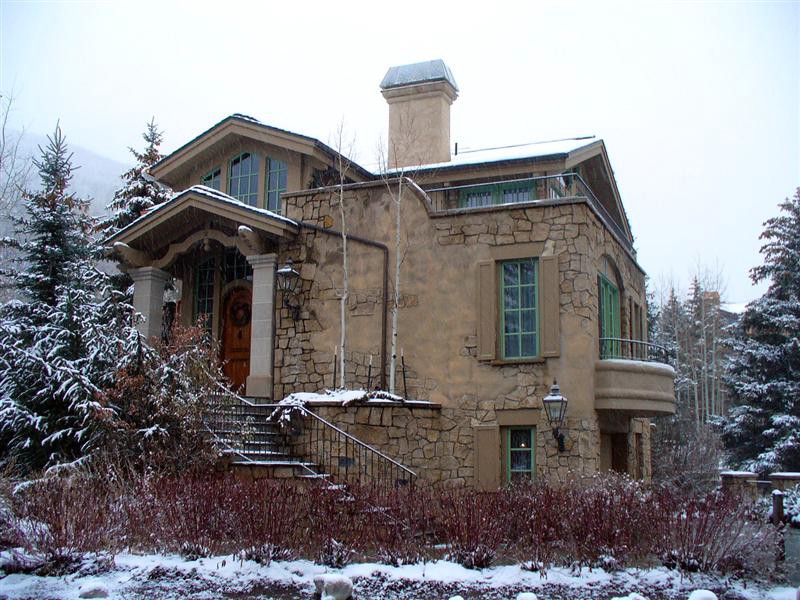As a preservationist and sustainability researcher and writer, I am often asked about what types of choices are the “most sustainable”. Years ago, I came to a conclusion about that, and did a TEDx talk about why I think we need to focus on Place as a driver for true sustainability, since LEED, while it is a great tool for the companies that can afford it, only addresses one building at a time… which leaves a gap in helping make more sustainable the millions of existing buildings around the world, and the millions of people that want to be more sustainable and can’t afford a new tech-centric house.
So, I thought I might share here how in my work, we do not choose the “coolest” materials that all the “green” architects are using. Instead, we choose materials based on several criteria that we feel give our clients the very best, most truly sustainable buildings.
These criteria are:
Performance within the Specified Climate
As one example, there are some trees which when used in their native humid environments will naturally deter against pests and decomposition. These woods are far more sustainable than a single creosote-treated pine log which has the potential to make toxic everything around it, including the soil and water.
Tendency to Decompose / Means of Decomposition
Non-stabilized adobe, cob, brick, stone, and timberframe are the least susceptible to damage and easiest to repair if something goes wrong. They are also the longest lasting building materials and are often accepted without question by building officials.
Embodied Energy
Embodied energy is the amount of energy it takes to take the raw aspects of a material, get it to the manufacturing site, manufacture the finished product, and then get it to you. Embodied energy can be high — aluminum, a common and predominant component of solar panel installations, contains an enormous amount of embodied energy — it has to be mined, shipped great distances, designed, then takes an great deal of heat (read: fuel) to produce a usable product, then it must be shipped to the store from which you buy it, and then delivered to you. Straw, on the other hand, is a waste product of wheat and grain production, and over 200 billion tons of it are burned or otherwise disposed of in the United States alone. Thus, strawbale has a very low embodied energy and is one of our favorite materials to see used.
Toxicity
A great deal of today’s newest technologies, even some apparently benign ones, have not been tested in real living environments when they are enthusiastically adopted into design and manufacturing practice. We saw the hugely detrimental effects of mass installations of asbestos in the 1970s, and are in no hurry to repeat such mistakes. One of the industries we look to for research on new materials is cosmetics. Cosmetics manufacturers do research studies on the materials used in their products, (often after the chemicals are already in use) and produce a list of which of those chemicals cause harm. You can always check out www.cosmeticdatabase.com to discover which ingredients you should be concerned about. What about bio-based plastics? Many bio-based plastics are also toxic. They are just apparently less toxic because they support sustainable renewable industry. This should be of concern. See Maintenance, below, for a discussion on why one very cool “green” building material doesn’t make the cut because of this criteria.
Maintenance / Repair-ability
All buildings require maintenance. Green buildings require more than the average amount of upkeep. This is the beauty of green buildings — if they are “alive”, you must feed them and care for them so they can stay healthy — which brings you into relationship with your space. You become a participant in, as opposed to a user of, the space. Repair, on the other hand, is never a fun prospect. Repair of many new technologies is sometimes just infeasible. We love the idea of earthbag construction. Earth + bag = ease and affordability, right? Right, but when you add in the criteria of ability to repair and toxicity, well, then not so much. If an earthbag home gets damaged it is nearly impossible to fully repair, large sections of the wall must be removed and replaced to complete a repair that could be considered more than a band-aid. Add that polypropylene, which the bags are most often constructed of, is a toxic agent known to cause cancer, allergies/immunotoxicity, organ system toxicity, and neurotoxicity, and you start to see that earthbag construction may not be the best answer for everyone. Burlap, the “greener” bagging equivalent, is natural. That means when exposed to air and water and time, it will deteriorate. Which leaves stucco-covered walls whose binding agents have disintegrated, leaving you with only hope for the holding together of your beautiful home. That’s too great a risk for many. We still recommend earthbag construction for some uses, we just make sure the clients know the limitations of their choices.
Lack of Dependence on Technology
Technology is not always the right answer for every family. Or for every society. While commerce and manufacturing profit greatly from it, many times, especially for people who might want to live off the grid, it is not ideal. The bells and whistles (i.e. automated & geared solar panels adjusters, programmable thermostats, water filtration systems) often require the input of power. Imagine — a massive storm shuts down the grid, your solar battery is broken, or your place gets struck by lightning. You want to be able to warm water, stay warm or cool, feed yourself and your kids, and be safe. When technology fails, you want to be able to keep going. That’s why we don’t always recommend the most technologically-astute systems. For us, that just doesn’t make sense.
Location
Where you get your materials impacts the area’s industry, the health of the land itself, and minimizes the impact of energy consumption. As in the tree example in Performance within the Specified Climate, above, location can also offer you a great opportunity to minimize the use of chemical treatments.
I hope these tidbits about how we choose sustainable options for our work helps you find the right options for your projects!
♥




